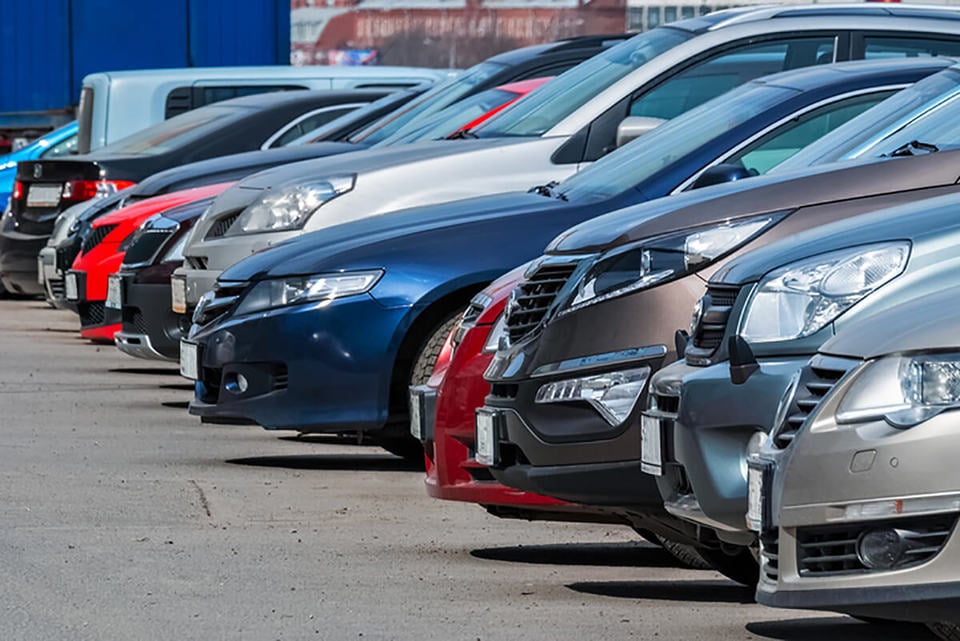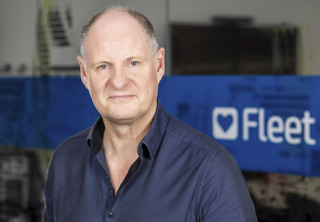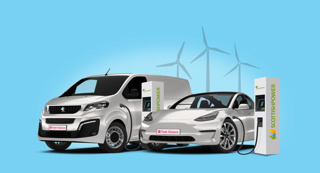The Independent Builders Merchant Group (IBMG) has seen a reduction of more than 50% in the carbon footprint of its fleet.
It is now averaging 49.5g/km per vehicle since implementing a green fleet policy in conjunction with Fleet Alliance.
IBMG currently runs a fleet of 110 cars and vans, with some 40 grey fleet vehicles and a 50-strong commercial vehicle fleet.
The company cars fulfil work needs and are for branch managers, area managers, department heads and sales reps, provided on a largely free choice basis based around salary bandings.
The only caveat, following the introduction of a green fleet policy by solus supply fleet management provider, Fleet Alliance, is that all new orders must be ultra-low emission vehicles (ULEVs) – which, in the main, means battery electric (BEV) vehicles or plug-in hybrids (PHEV).
However, this approach only currently applies to the South Eastern counties of the business, not the whole group, as it is not yet fully integrated; the intention is to roll out a low carbon approach across the whole Group over time, providing greater opportunity for carbon saving.
By sticking stringently to this policy for the last two years, the Group has been able to reduce its fleet carbon footprint by 55%, from an average of 109g/km of CO2 per vehicle to an average of just 49.5g/km. The expectation is for this figure to continue to fall as the policy spreads more widely across the Group.
IBMG Group marketing and ESG director, Ian Kenny, said: “Our objective as a Group is to achieve net zero by 2030, and we aim to have all our vehicles falling into the ULEV category by the end of next year.
“As our carbon footprint continues to fall, this is very much to the benefit of our employees with more environmentally friendly vehicles and lower taxes, too.”
Group HR director, Sarah Campbell, added: “Our previous car list used to be based on status rather than environmental impact. But with Fleet Alliance, we drew up a new list of vehicles under 50g/km of CO2 comprising mainly BEVs and PHEVs.
“This gave colleagues a large amount of choice because of the number of vehicle manufacturers now producing cars of this kind.”






















Login to comment
Comments
No comments have been made yet.